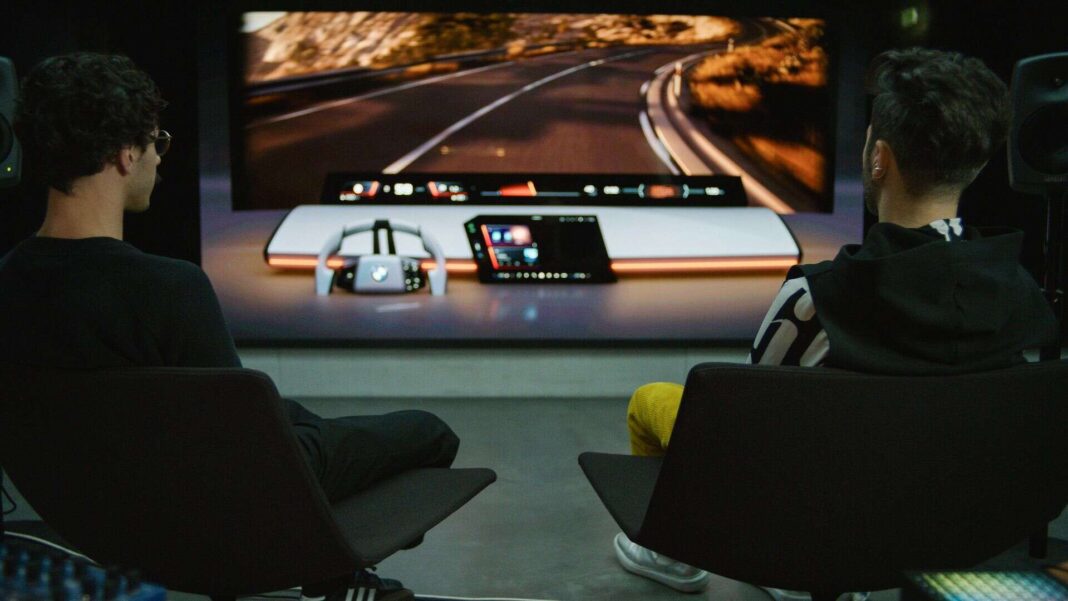Most people leave behind a will or a family recipe. Alvin Lucier left behind instructions to regrow his brain and let it keep making music.
Inside a dimly lit gallery in Perth, metallic clangs echo through the room like Morse code, yet no musicians are present—just 20 golden brass plates, a network of wires and a small, pale mass of living brain tissue pulsing with electric activity.
It’s not science fiction. It’s “Revivification,” an ambitious collaboration that has literally brought a piece of a composer back from the dead.
Four years after his death, Lucier is, in a sense, still composing. His living remains, a cluster of brain matter grown from his own reprogrammed blood cells, are suspended inside a central plinth, feeding off the sounds of the room and generating haunting, improvised compositions in real time.
Foundation for Contemporary Arts
The installation is the brainchild of artists Nathan Thompson, Guy Ben-Ary, Matt Gingold and neuroscientist Stuart Hodgetts, who connected through a now-defunct science research laboratory, according to The Art Newspaper. They began collaborating with Lucier in 2018, captivated by his trailblazing use of brainwaves in 1965’s “Music for Solo Performer,” which turned neurological activity into live sound.
That same fascination with internal impulse now fuels “Revivification,” only this time, Lucier’s mind is no longer metaphorically in the music. It is the music.
“The central question we want people to ask is: ‘Could a filament of memory survive this transformation?'” the team said in a statement. “Can Lucier’s creative essence persist beyond death?”
The “in-vitro brain” was developed using Lucier’s white blood cells, which were donated before prior to hi 2021 death and ultimately transformed into stem cells at Harvard Medical School. The cells were then cultivated into neural clusters mimicking a developing brain and embedded on a mesh of electrodes. The setup captures the organism’s spontaneous electrical impulses and converts them into signals that activate transducers and mallets behind the brass plates.
Each neural spark is rendered into sound, and those sounds bounce back into the brain via microphones, closing a feedback loop that allows Lucier’s synthetic brain to listen and react. As gallery visitors move and speak, their presence is woven into the performance like unknowing collaborators in a living score.
The team hopes their work continues to evolve. Future plans include adapting the installation for extreme environments like Antarctica, or even space. But for now, Lucier’s last concert plays on in a gallery in Perth, a strange and stirring performance from a musician whose mind refuses to go silent.





